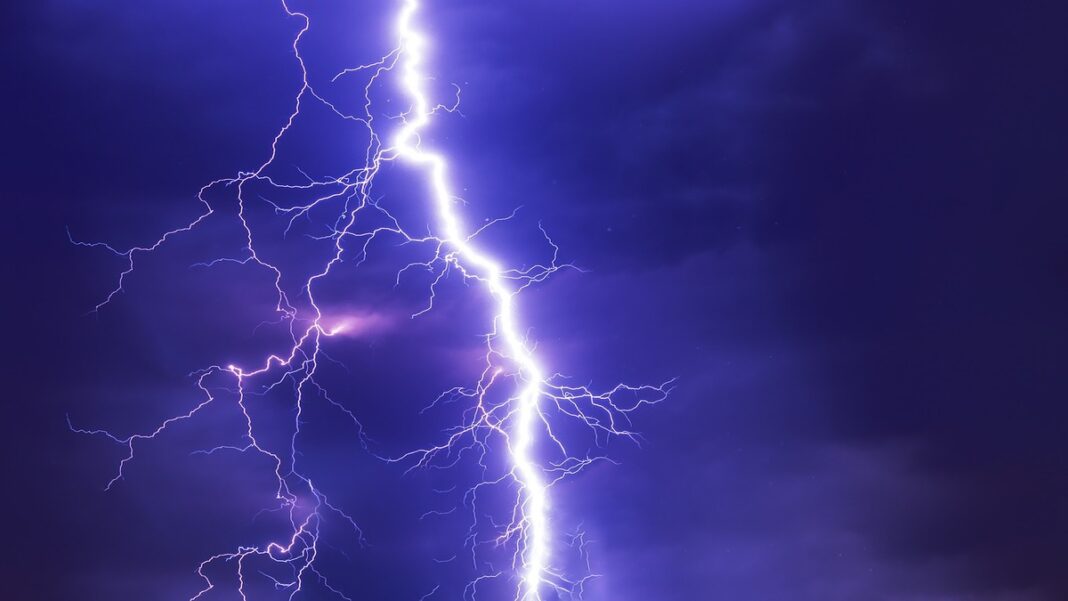SWITZERLAND: Lightning, an intriguing and dangerous natural phenomenon, has always fascinated human curiosity. Whether it’s understanding how they happen or being brave enough to try and control them.
Many scientific experiments have been carried out in the past in an attempt to tap into and control this energy, but all have failed, and in some cases, people have also died running these experiments.
Bolts of lightning are dangerous, but in a recent experiment, scientists have actually managed to guide lightning strikes using laser beams.
This phenomenon was first introduced by Benjamin Franklin, who used a rod (the Franklin rod) to attract lightning and divert it.
These laser beams ought to theoretically direct ionised air in a straight line so that the current can move more freely through it.
Early experiments with powerful lasers, however, were unsuccessful because the ionised air merely absorbed the laser light within a short distance, rendering the air channel incapable of even attracting lightning bolts, much less directing them.
The research team set up a femtosecond laser adjacent to a 124-meter-tall communication tower on Säntis mountain in northern Switzerland.
Thunderstorms toss lightning bolts in the direction of this tower at least 100 times per year, just like a tall lightning rod.
For three months, the researchers kept the laser ready and pointed past the tower’s top (July to September 2021).
The tower was struck at least 15 times during the six hours of thunderstorms, including four times when the laser system was operational.
The lightning hits were observed using radio antennas and high-speed cameras, and the researchers discovered that in all four occurrences, the lightning bolt initially followed the laser beam’s course before leaping to the tower, directing nearly the final 50 metres of each bolt’s erratic trajectory.
A very rapid laser that blasted around a thousand times per second was the secret to their success. Houard notes, “Even in the swirling atmosphere, the rapid-fire pulses kept a stable conductive channel open.”
Despite having reached this goal, the researchers still have a long way to go before they can demonstrate how effectively this method can capture lightning.
Additionally, according to Houard, the group also hopes to demonstrate that the laser “can not only guide the bolts but also trigger them to drain away the threat proactively.”
Our inexpensive, scalable lightning rods are not entirely replaced by this futuristic technology, but it might serve as a support system to increase their coverage.
Laser beams have a far greater range of diversion than conventional metal rods, which can span an area roughly twice as wide as the rod’s height. They could act as “virtual lightning rods,” deflecting lightning strikes away from sensitive infrastructure such as airports and rocket launchers.
Also Read: NASA Examines Orion Spacecraft after Its Return from the Moon



